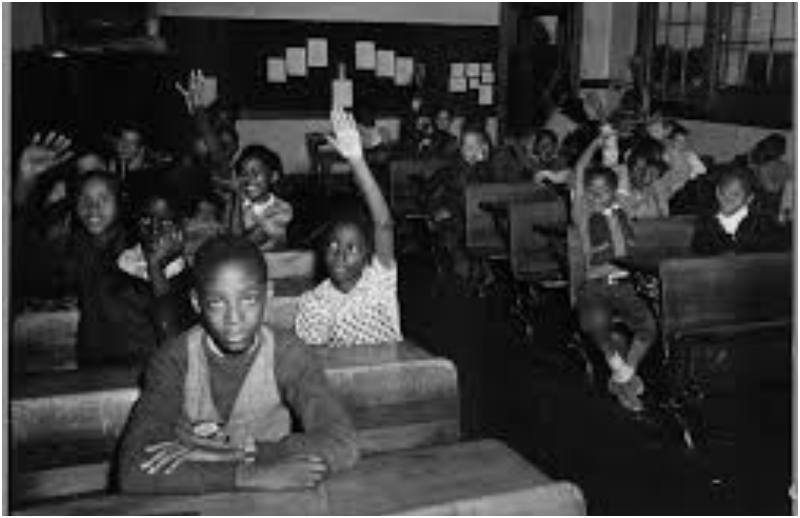In a move that has drawn sharp criticism from civil rights advocates, the U.S. Department of Justice under President Donald Trump quietly ended federal oversight of two landmark school desegregation cases that had been in place for more than half a century.
The cases, originating in Hendry County, Florida, and Copiah County, Mississippi, were initiated in the early 1970s to enforce the U.S. Supreme Court’s mandate to integrate public schools following Brown v. Board of Education (1954) and subsequent rulings. These federal court orders required ongoing monitoring to prevent the re-emergence of racially segregated education systems.
For decades, both school districts operated under judicial supervision, with the DOJ ensuring compliance and equal treatment for students regardless of race. The oversight stemmed from repeated violations during the late 1960s, when officials in both districts resisted integration and maintained separate, unequal systems for white and Black students.
Critics warn that without federal enforcement, these districts—located in regions with long histories of resisting integration—could regress toward de facto segregation. Historical patterns show that once such orders are lifted, schools in certain areas can gradually return to racially imbalanced enrollment due to housing segregation, district zoning, and unequal access to resources.
Civil rights advocates view the Trump administration’s decision as emblematic of a broader rollback of protections established during the civil rights era. They argue that while the move was couched in legal procedure, its impact could be significant and long-lasting.
The Justice Department did not issue a public announcement regarding the decision, and the closures of the cases received little media attention. Critics say that such quiet actions can erode civil rights protections without sparking the public debate necessary to hold policymakers accountable.
The decision also comes amid ongoing national conversations about racial equity in education and the enduring legacy of segregation in U.S. public schools.

